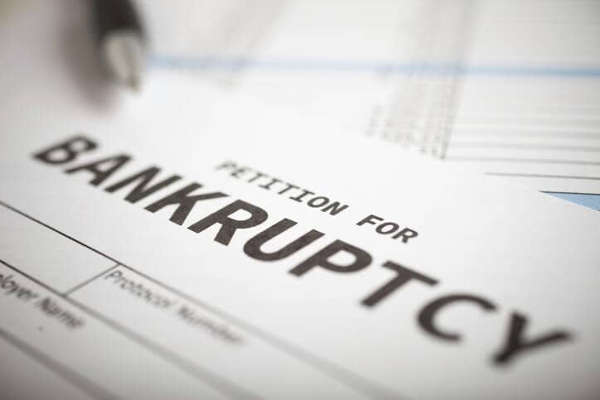After declaring Chapter 11 bankruptcy last month, Suniva has shaken up the solar industry by filing a Section 201 petition. This rarely used mechanism from the Trade Act of 1974 gives the President power to provide import relief to help domestic industries.
In this case, Suniva is seeking high price floors on imported modules and cells. By requesting a price floor of $0.78/W on Chinese imports of modules and $0.40/W for cells, Suniva’s filing has potential to cripple the US solar industry if the administration acts on it. As threatening as this is to a 260,000-person industry, there are assurances to consider.
A Look at the ITC’s Role (The Other ITC)
Many in the solar industry have expressed fear about the filing, pointing to concerns about the President having full control of the decision. However, it is not quite that simple.
The International Trade Commission (ITC) has its first say in the matter, where they must come to a majority decision on whether Suniva’s claims of price dumping by Chinese manufacturers are both valid and causing “serious” injury to US manufacturers.
Only in the case that they find the injury caused to be “serious” do they make a recommendation to the President. While he does have full autonomy on how to respond, he may never get the chance.
Currently, the ITC comprises five members, with one vacancy, and it is designed to be occupied by three Democrats and three Republicans to avoid partisanship.
Currently, Republicans have the majority at 3-2, though one of their terms is set to expire before the ITC review concludes which could leave the decision split politically. Given the diverse political makeup of the solar industry’s employees (5 of the top 10 solar states voted Republican in 2016), both parties have a large stake in the industry’s employment numbers.
However, an evenly split commission could quell fears that the decision would be unfairly political.
A Look at the MAD Implications
Another major constraint to implementing the tariffs is the simple idea of mutually assured destruction (MAD) that could be the result of a trade war. In 2002, a Section 201 request by the steel industry resulted in the Bush administration levying a 30 percent tariff on steel imports.
In response, the EU and Japan, who were hurt by the tariffs, threatened retaliatory tariffs on US industries that included Harley Davidson and Florida citrus products. In response, the Section 201 tariffs were lifted and a trade war was avoided, though it left steel in a worse position than before.
The United States can likely expect a similar response from China if they implement tariffs on Chinese imports. For an administration that is looking to bolster American job growth, endangering a 260,000-person industry on the way to a possible trade war that could threaten even more industries should be a frightening prospect.
A Look at the Current Response
In the wake of the filing, the Solar Energy Industries Association (SEIA) officially expressed its opposition. Though SEIA’s scope includes U.S. manufacturing, they cite the 9,000 companies and 260,000 jobs that would be put in danger by the price hikes. SEIA is taking the lead in the industry fight against the filing.
In his analysis of the situation, former SEIA President Rhone Resch told GTM that the scenario would cause “several gigawatts of potential demand erosion” and could double PPA prices. Given the strength in numbers the rest of the solar industry has, groups opposing the filling will be making a very strong case over the next few months.














Comments